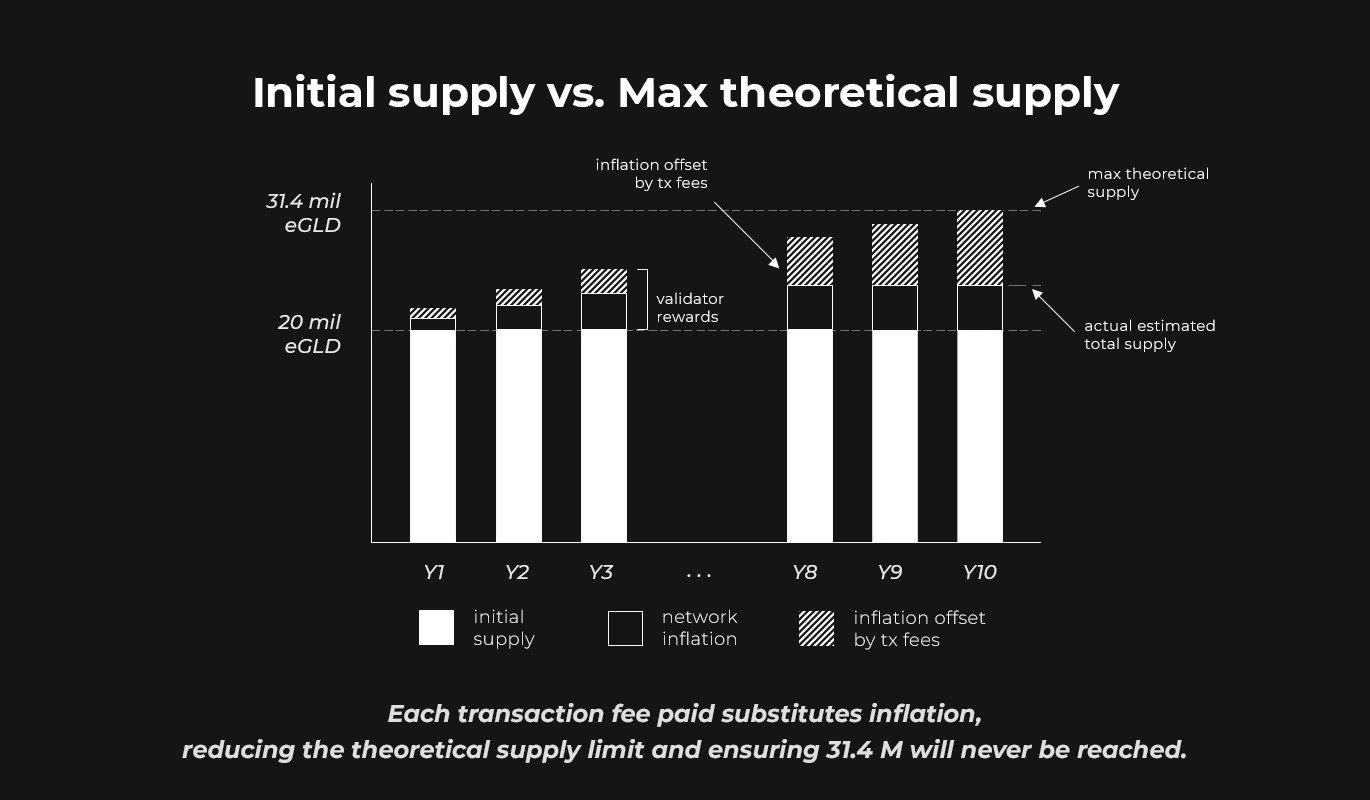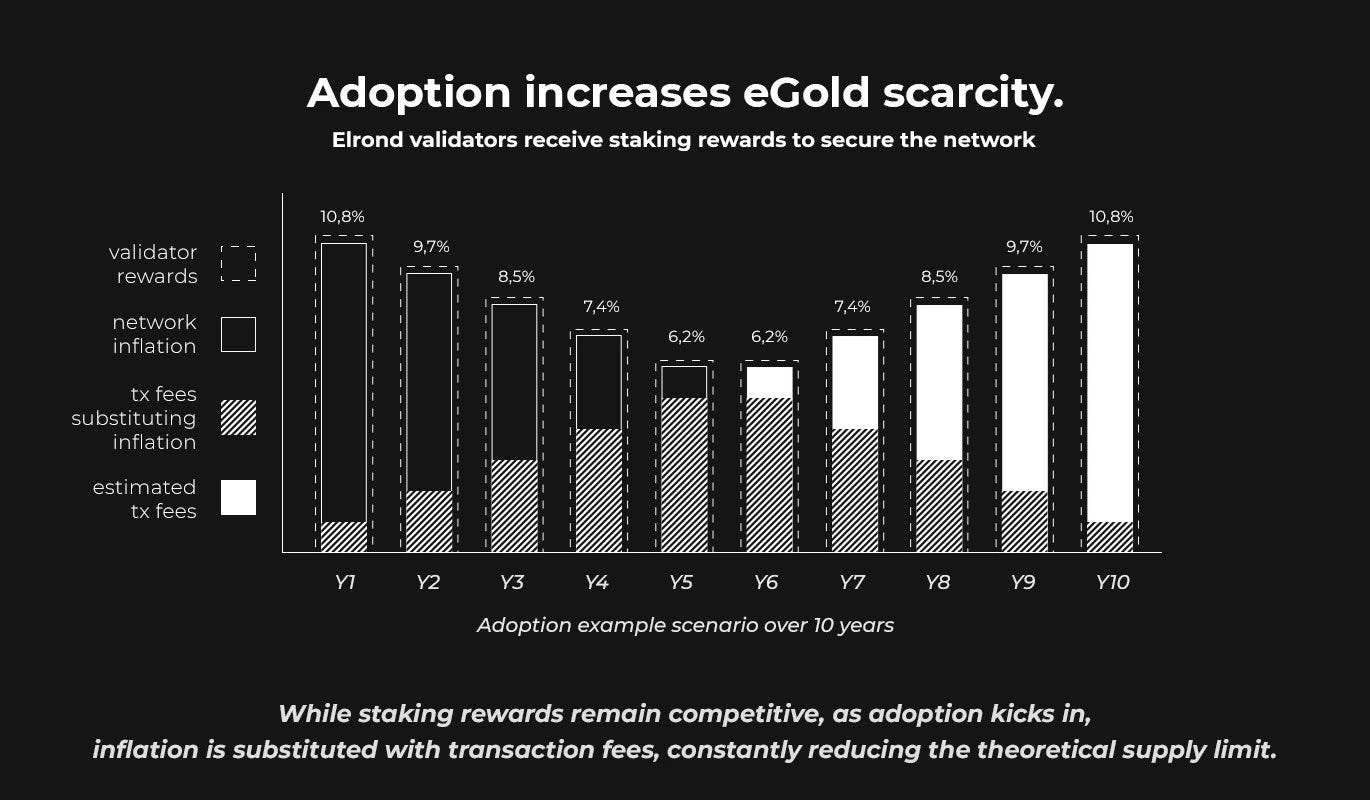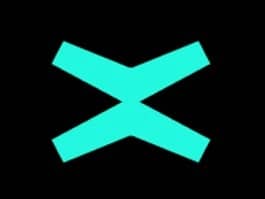위키 구독하기
Share wiki
Bookmark
EGLD
EGLD
EGLD(이골드)는 MultiversX 블록체인 생태계의 기본 디지털 통화로서 거래, 토큰 관리 및 스마트 계약 배포를 가능하게 합니다. [1]
개요
EGLD는 2019년 7월 2일에 initial coin offering (ICO)를 통해 출시되어 출시 당일 515만 달러를 모금했습니다. MultiversX 네트워크의 기본 코인으로서 EGLD는 블록체인 경제 내에서 여러 목적을 수행합니다. [1][2]
EGLD는 가치 및 자산 이전, 토큰 생성 및 관리, 스마트 계약 배포를 포함한 다양한 작업을 가능하게 합니다. 네트워크를 보호하고 합의에 기여하는 인터넷 컴퓨터인 검증자는 네트워크 보안 및 합의에 대한 기여에 대한 보상으로 EGLD를 받습니다. 이 디지털 경제는 EGLD 토큰의 유틸리티와 기능을 중심으로 돌아가며 MultiversX 생태계 내에서의 채택과 통합을 촉진합니다. [1][3]
스테이킹
스테이킹은 이골드(EGLD) 생태계의 필수적인 측면으로, 참여자에게 네트워크 보안에 기여하고 그에 대한 보상을 받을 수 있는 기회를 제공합니다. 사용자는 EGLD 토큰을 스테이킹함으로써 MultiversX 블록체인의 합의 메커니즘에 적극적으로 참여하여 네트워크의 무결성과 안정성을 보장합니다. [3]
개인이 EGLD를 스테이킹하면 기본적으로 토큰을 검증자에게 위임하는데, 검증자는 거래를 검증하고 네트워크를 보호하며 합의를 유지하는 책임이 있습니다. 검증자는 네트워크 운영에 중요한 역할을 하며 평판, 성능 및 스테이크 규모를 기준으로 선택됩니다. [3]
EGLD 스테이킹은 사용자에게 보상을 받을 수 있는 기회를 제공할 뿐만 아니라 네트워크 거버넌스에 적극적으로 참여할 수 있도록 합니다. EGLD 보유자는 중요한 프로토콜 업그레이드, 매개변수 변경 및 기타 거버넌스 제안에 투표할 수 있습니다. 이 민주적인 과정을 통해 참여자는 MultiversX 블록체인의 개발 및 방향에 대한 의견을 개진할 수 있습니다. [3]
언스테이킹
언스테이킹 EGLD를 통해 사용자는 락업 기간이 만료된 후 스테이킹된 토큰을 회수할 수 있습니다. 언스테이킹 프로세스에는 일반적으로 대기 기간이 포함되며, 이 기간 동안 토큰은 스테이커의 지갑으로 점진적으로 반환됩니다. 이 대기 기간은 네트워크 보안을 보장하고 악의적인 행위를 방지합니다. [4]
본딩
스테이킹 외에도 사용자는 EGLD 토큰을 본딩할 수 있습니다. 본딩은 더 긴 락업 기간을 포함하며 일반적으로 네트워크에 장기적으로 참여하려는 사용자가 선택합니다. 본딩된 토큰은 네트워크의 전반적인 보안에 기여하고 합의 알고리즘에 안정성을 제공합니다. 10일의 언본딩 기간이 있으며, 그 후 노드는 스테이킹된 금액을 회수할 수 있습니다. [4]
토큰 경제학
EGLD의 이론적 최대 공급량은 31,415,926개의 코인입니다. MultiversX 블록체인의 부트스트래핑 단계에서 초기에는 20,000,000개의 EGLD 코인이 발행되었습니다. 10년에 걸쳐 추가 EGLD 코인이 점진적으로 유통되어 최대 한도에 도달합니다. [5]


잘못된 내용이 있나요?
